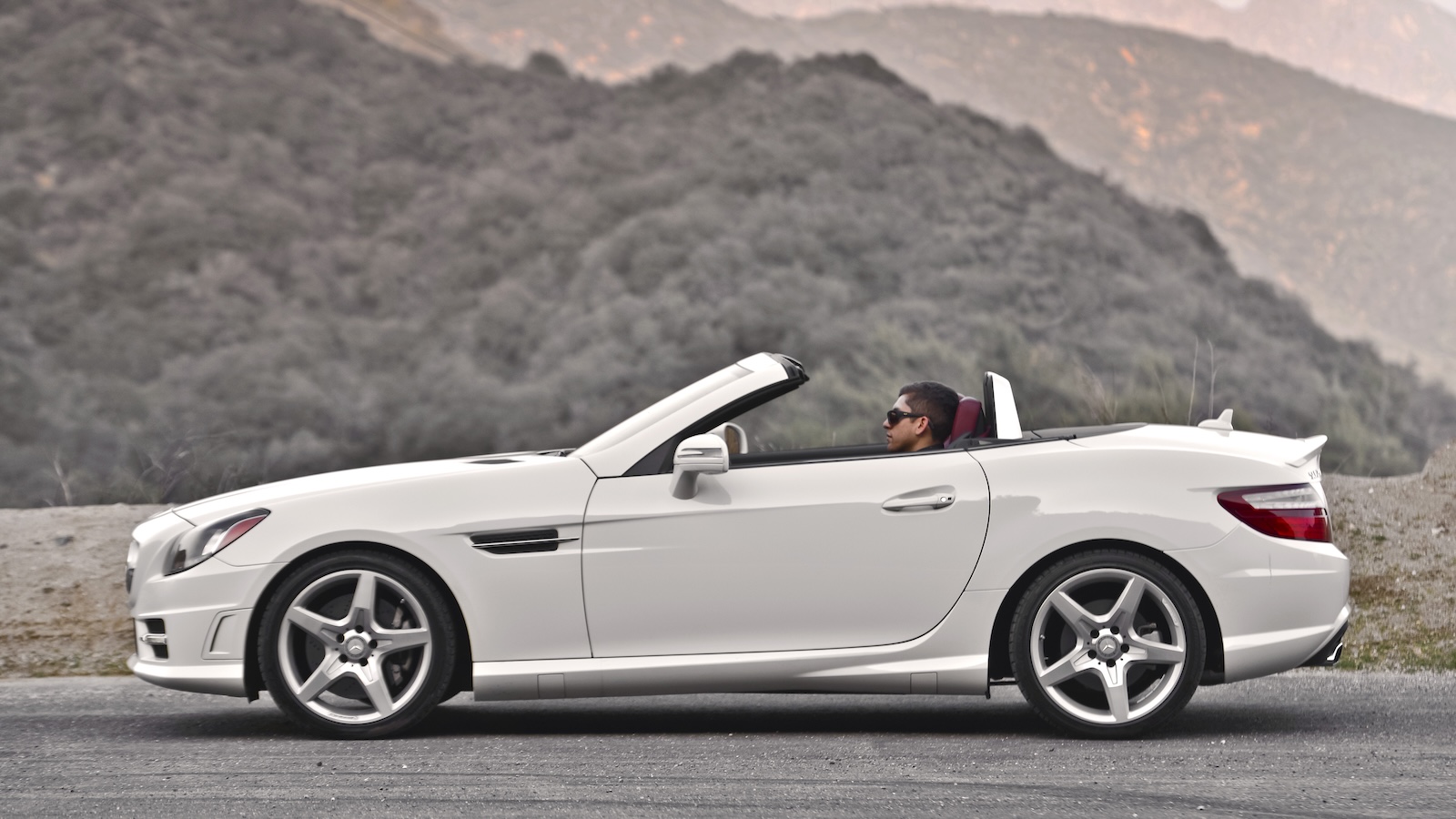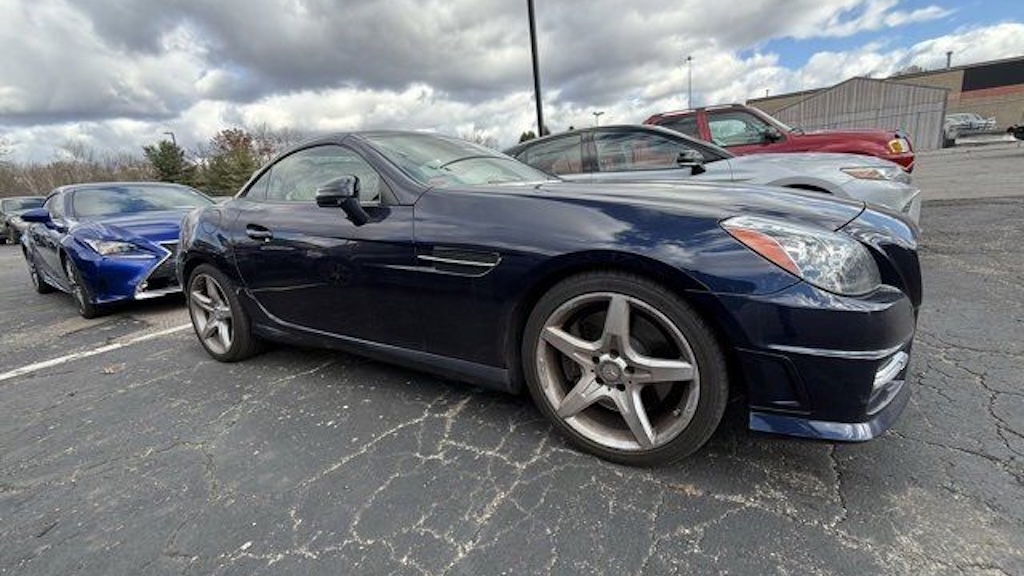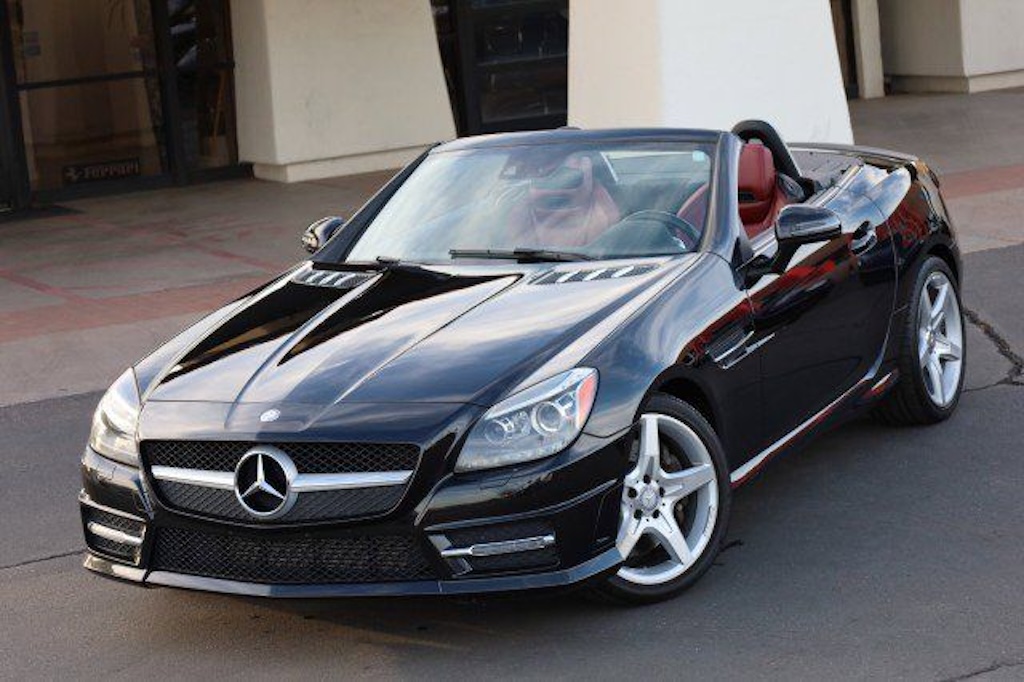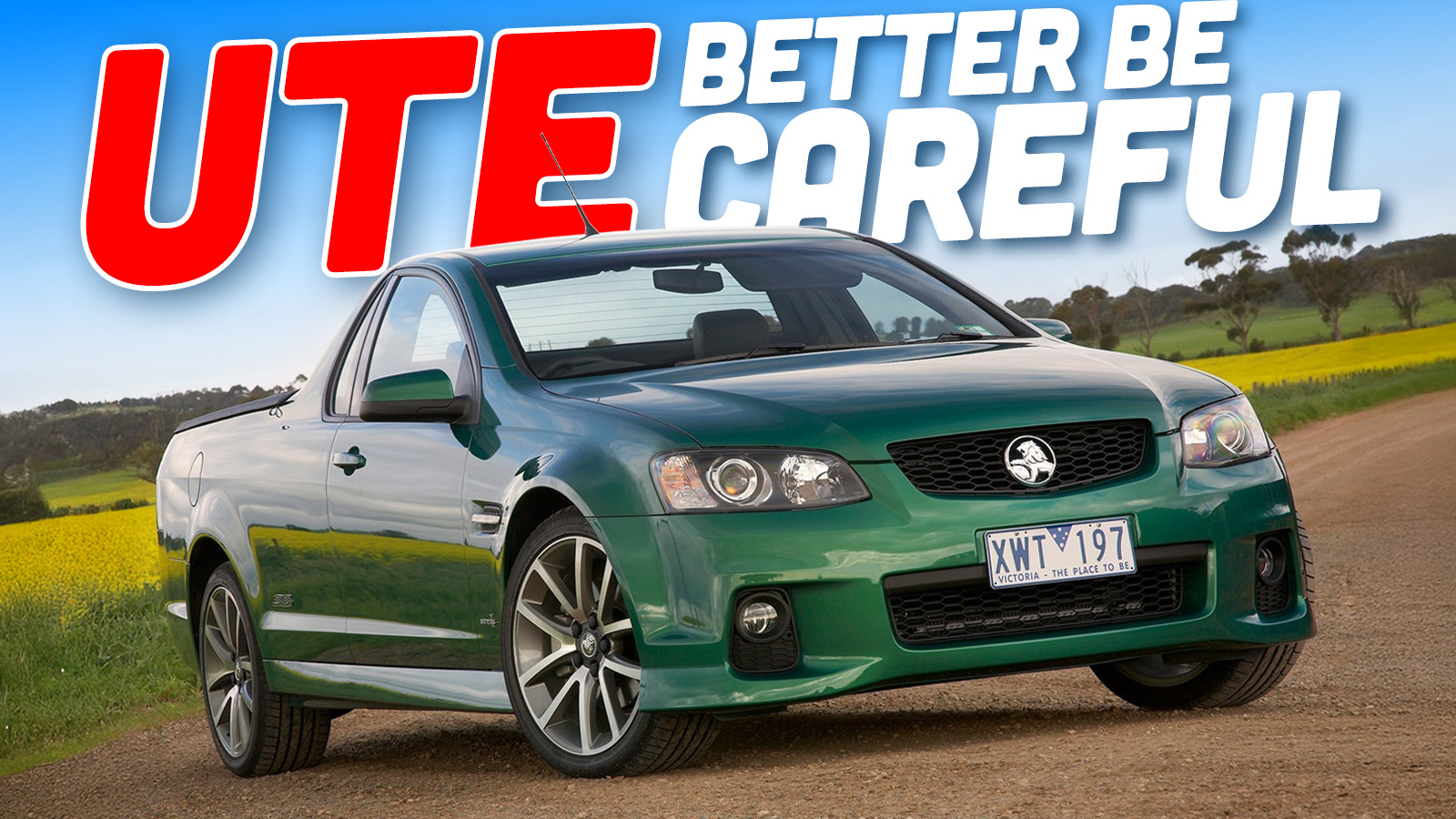The eventual fate of the manual transmission seems just about decided. Over the past decade, manufacturers from Audi to Subaru and beyond have been phasing out more and more row-your-own options, leaving the option for hand-made shifts a rarity on the new market. However, can you guess when Mercedes-Benz last offered a stick-shift car in America? While some people think it was 2011 with the W204 C 300, it was actually 2015. Welcome to the Mercedes-Benz SLK 250, a car you’ve probably ignored in traffic that could be hiding a historically important secret.
Back in the 1990s, demand for small roadsters was booming, and Mercedes-Benz wasn’t about to sit that out. The R129 SL had already caused a stir in the grand tourer market with markups and waitlists, so why not try to take some of that magic and blend it into a smaller, more affordable package as a short SL, or SL kurz in German? The plan was to take the underpinnings of the common W202 C-Class, cut them down, and then add the mesmerizing party piece of a folding metal roof. The result was an instant sensation.
Fast forward to 2005, and Mercedes-Benz did it again. By stealing a bit of SLR McLaren nosecone-inspired styling, the second-generation SLK really leaned into the long hood, short deck proportions. It was also available with more firepower than ever, thanks to an SLK 55 AMG variant with a 355-horsepower naturally aspirated 5.4-liter V8. Things were going well, but then came the third-generation car, and that’s where things got weird.

See, the first two generations of SLK made a splash in different ways, be it that magic folding roof or mini-me SLR styling. For the third-generation car, however, Mercedes decided to get a little bit visually boring. Goodbye nosecone, hello slab-like surfaces and heavy linework. Mercedes-Benz’s baby runabout roadster had officially donned a grey flannel suit, but you know what they say, it’s what’s inside that counts.

Alright, the underhood situation of the R172 SLK wasn’t mind-blowing at the time. On tap from launch was an SLK 350 featuring a 3.5-liter V6 making the same 302 horsepower as the old SLK 350. Sure, it did gain an extra seven pounds-foot of torque, but the torque peak was now narrower. Oh, and the seven-speed automatic transmission was essentially unchanged. Beneath that sat the SLK 250, and this is where the going either got really bad or really good, depending on what you were into.

If an SLK 350 has a 3.5-liter V6, what sort of engine would you expect an SLK 250 to have? Probably not a turbocharged 1.8-liter inline-four, right? Well, since the SLK was based on the W204 C-Class and the C 250 featured a sub-two-liter four-banger with a hairdryer, that powertrain largely found its way into the SLK 250. We’re talking 201 horsepower and 229 lb.-ft. of torque here, well behind the 260 horsepower in the new-for-2013 981 Porsche Boxster and the 241-horsepower BMW Z4 sDrive28i. However, the SLK 250 did get something the C 250 lacked: A standard six-speed manual transmission with surprisingly crisp shifter action.

Unsurprisingly, the engine was regarded as the weakest part of the SLK 250. When Car And Driver tested it, clicking off a middling 6.3-second zero-to-60 mph run in the process, the big highlight was the handling. We’re talking 0.95 g on the skidpad, steering described as “perfectly weighted” and a suspension calibration that was willing to play.
It’s a shame about the engine, because the SLK’s chassis surprises and delights with a playful tail-happy attitude. Disable the stability control, vector the SLK’s nose into a tight corner while dabbing the brakes, and the back end whips around in a decisive, easily controlled manner.
Best of all, the third-generation SLK made good on the sore spot of the old second-generation car: the interior. Cheap plastics and somewhat dated ovoid themes gave way to a flat dash top with classic round air vents, plenty of soft-touch materials, and a substantially less haphazard cupholder arrangement. Plus, you could option the SLK 250 up with amenities galore. The big new available toy was an electrically-dimming sunroof in the folding convertible top, but gadgets like fans in the seats to blow warm air on your neck, swivelling xenon headlamps, and a Harman/Kardon audio system returned to the options list.

Sadly, the last stick-shift Mercedes-Benz for the U.S. market wasn’t available for very long. The SLK 250 first appeared for 2012, and by 2016, the automatic-only SLK 300 with a two-liter turbocharged inline-four replaced it. However, if you look hard enough, you can still find a handful up for sale across the country.

If you’re looking for a low-mileage example, here’s a nice-looking 2014 manual SLK 250 up for sale in Ohio. It’s covered 56,776 miles from new, features the AirScarf neck warmers, the fancy dimming roof, and the banging sound system. It also has a clean Carfax. Not bad for $17,669, or about the same price as a new base-model Nissan Versa.

Looking for something a little cheaper? Here’s a three-pedal 2013 SLK 250 with 99,090 miles on the clock, up for sale in Arizona for $13,900. Alright, so it does have a hit on its history report, but it’s specced with red leather, Harman/Kardon, the AirScarf, and the AMG styling pack. For an about-town cruiser, this could be just the ticket.

Although the R172 Mercedes-Benz SLK 250 wasn’t the most celebrated car in the world when it was new, it’s now an interesting curiosity with real merit provided you find a three-pedal example and are okay with 201 horsepower. The last stick-shift Mercedes-Benz sold in America has to count for something, right?
Top graphic image: Mercedes-Benz









This is what always frustrated me with manual options in the past decade or so. They’re always offered on the smallest engine base-spec car. Enthusiasts who want a manual also likely want the performance.
Then the manufacturer turns around and says “nobody bought the manual!” You gave us the manual on the slow one – nobody bought the slow one, regardless of its transmission.
On that note, I wonder how well the manual Z4 is selling – for once, it was done right, and BMW gave us the big engine (as did the Supra).
It’s exactly when I would expect, as 10 years ago is when the death of manuals really accelerated across the industry.
But it’s not like Mercedes EVER sold more than the tiniest handful of manuals anyway. Even going back to the days of w123 diesels, the vast, vast, vast majority of them were automatics. For the R129 SL, only the 300SL was ever sold here with a stick, and in just handfuls. I don’t think any R107s were. I believe the last stick e-class was in 1987. More 190s, but only with the four, and a tiny handful of C-classes. Complete opposite of BMW who sold manuals in literally everything well into the 21st century. Nothing finer than a manual trans sport-package swb e38 7-series. The stick died with the e38, but the e60 and e61 and everything else could be had in row your own for another decade and more.
I personally think the third generation SLK was by far the best looking, and will undoubtedly age the best.
Also, while the SLK 250 seems underwhelming, I remember seeing an SLK 200 when I was in Frankfurt a few years ago, so things could be worse.
Totally agree — this entire early 2010s generation of Mercs was pretty stunning all around, their best design era since the ’60s IMO. That E-Class is among my list of best-look all around cars of all time. No kidding. I haven’t found a flaw in it, and I’m always looking 🙂
I agree – the w211 E-class was a heck of a looker, especially in wagon form. Love the interior too. Shame they were also kind of crap, if better than the w210 which was SERIOUSLY crap. SBC brakes – ugh. The w/s212 doesn’t look as good, particularly inside (and the interior quality is sub-par), but it’s much, much better car, especially the ’14 on “facelift” that really was nearly a whole new generation they changed so much. The next generation is better looking, but soooo much more complex that I am not interested.
Of course, my fantasy is finding a PERFECT mint condition early S124 300TE wagon. Or S124 300TD turbodiesel. I had an ’88 300TE back in the day – they were Mercedes at their peak of “build it, then figure out how much we have to charge for it”. Almost $100K for a basic wagon in today’s money, and you could see where they spent it. Unlike my S212, where you can see where they saved a euro all over the place. But it was like $40K cheaper in inflation-adjusted money, with massively more content.
I’ve always been fond of the R170 – it might be a late Bruno Sacco design, but it’s still a Bruno Sacco design.
Wow, a Mercedes that competes with a contemporary Scion FR-S!
So basically manual transmissions in Mercedes-Benz models sold in America went out not with a bang, but a whimper.